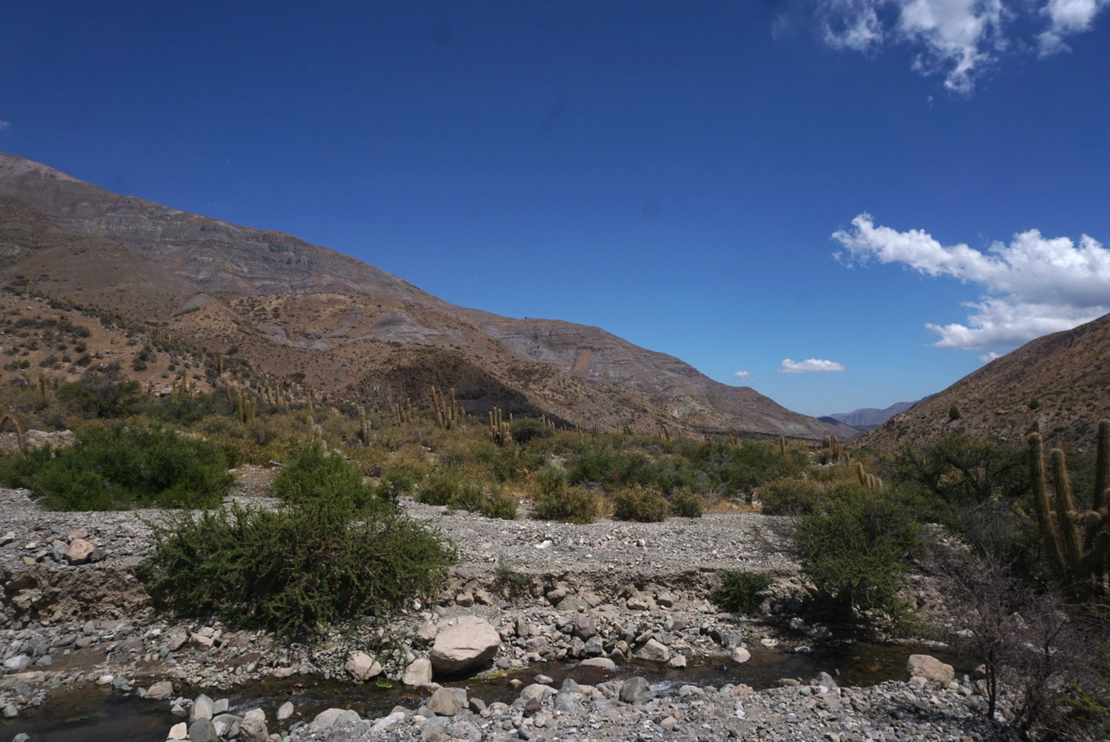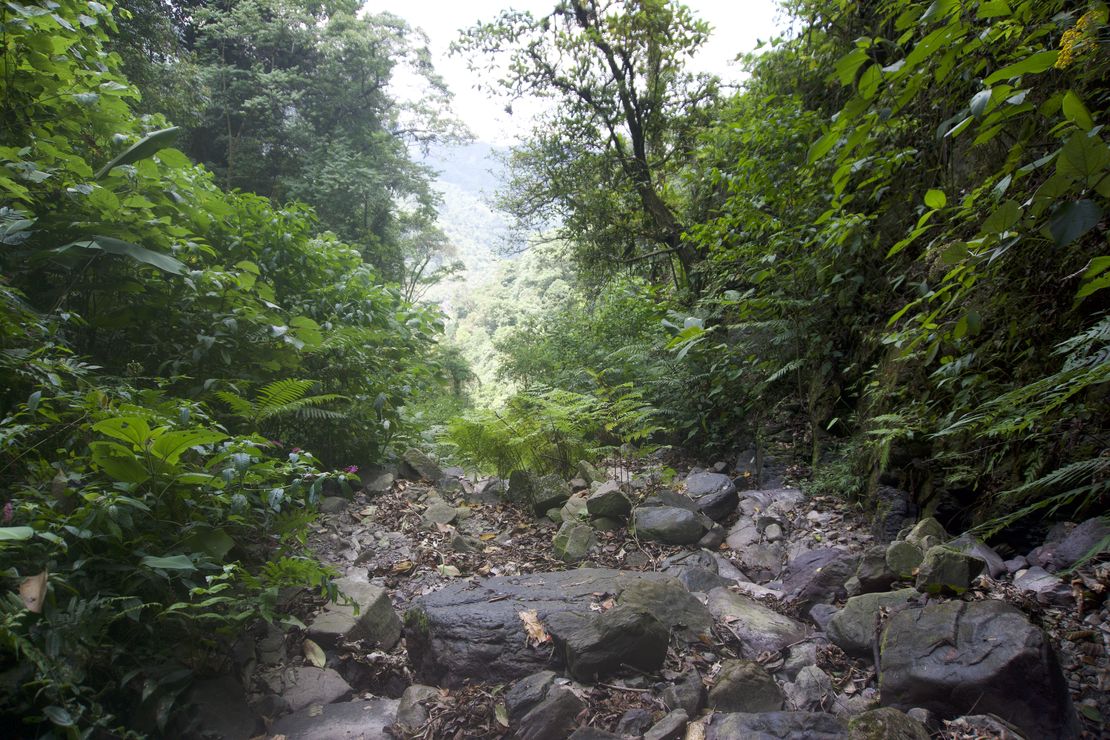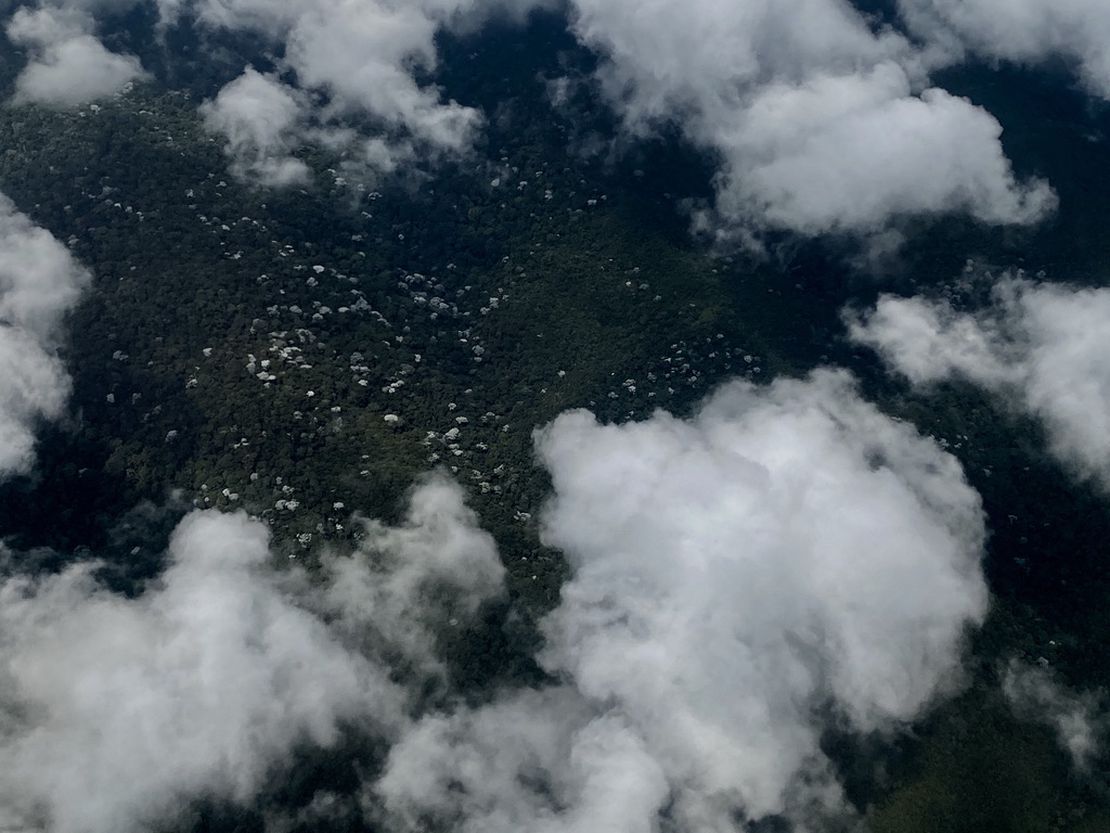Abstract
The Andean Cat is at the center of a legal dispute over access to water resources due to a copper extraction project in Chile. This species is unique to the Southern Andes region, spanning Peru, Bolivia, Chile, and Argentina.
The Andean cat bears a strong resemblance to a domestic cat. It is known as “the ghost of the Andes” because of the few observations made of this cat. Its scientific name is Leopardus jacobita,1, as it was named by an American naturalist in 1865. The request for its protection comes amid a lawsuit against the environmental impact study that authorized the operation of an open-pit copper mine a few kilometers from the commune of Putaendo, in the Province of San Felipe de Aconcagua, in the Valparaiso region, in Central Chile. Local organizations and community members argued before the Chilean Environmental Court that the presence of the Andean cat in the mining operation area had been omitted from the study.
In this study, the focus is on connecting the rights of nature to the issue of land and resource ownership in Putaendo. First, I will provide an overview of Putaendo, a place known for its beautiful mountains. After that, I will explain my interpretation of the rights of nature in this context and why this perspective enables us to examine current practices of dispossession. This will bring us to the question of what dispossession entails in this specific setting.
Putaendo
Putaendo is located on the border between Chile and Argentina, near the Los Libertadores Pass. The mountains, mainly covered with rock, give the sensation of being on another planet. That has been the main argument for thinking that drilling once again these mountains will not affect anything without considering that this rocky landscape is home to multiple rock glaciers. And, that its small vegetation is part of a particular ecosystem called the Andean steppe that is shared between Chile and Argentina. An area of grasslands and scrublands with a high number of endemic species.
The race to document life in this central area of the Chilean Andes was driven by local scientists, not only for the advancement of science but also in a confrontation with a mining project that came to Puatendo in 2007.2 Los Andes Copper, a Canadian company that owns the mining rights to Vizcachitas Holding, has big plans for the site. It proposes to be an open pit mine, the next largest copper mine in Chile, with a life of 26 years.3 That’s a lot for a mining country and the world’s leading copper exporter.
Other mining projects exist in Los Andes, near Putaendo. However, what is unique about this case is how the local community has fought to stop the mining company’s advance. Also, the response of the Environmental Tribunal, an institution created a little more than 10 years ago in Chile, plays an important role. This is where the Andean cat and the rights of nature become relevant.
Perhaps the greatest concern for the people of Putaendo is the future of their water sources. The Ministry of the Interior has declared a water shortage in this region for the past 14 years. In 2019, it was named a disaster zone due to the lack of water. 4 Pastoralists who still practice transhumance in the mountains say they have lost 80% of their animals during the drought. The mining project is expected to use the water sources, contaminate them, and destroy aquifers and rock glaciers in the mountains during copper drilling. It was only in 2016 that the first studies were conducted on these glaciers, which lack the usual white and snowy appearance. And, as their name suggests, they are composed of rock and ice.5

Signage on the road leading to the Vizcachitas copper exploration site. Photo: Author
Rights of Nature
In 2020, motivated to confront the mining company, a group of biologists and an environmental engineer set out searching for the Andean cat. It was she who, from her knowledge of mining licensing processes, knew that they could reverse the environmental impact study if they found a subject of special protection in Chilean legislation, such as the Andean cat. One of the pastoralists with whom I spent my days in Chile, and who took this group of scientists to the mountain in search of Leopardus jacobita, told me that it took more than a year and 3150 camera trap photos to get one image of the cat. It makes sense when it comes to photographing a ghost. With proof that the cat was there, they hired a lawyer to represent them in litigation against the mining license.
The Court granted the plaintiffs’ request to temporarily suspend the mining operation in order to protect the Andean cat. The company was also required to develop a project focused on protecting the cat and its habitat. Unlike Ecuador and Bolivia, which have specific provisions in their constitutions and laws, in Chile, rights of nature are granted through the courts due to the absence of specific laws on this issue. The Court’s protection in this case is for the cat and its habitat, rather than for the community or water rights. In Chile, individual water rights are distinct from land rights, and claims related to water are handled by the General Water Directorate as an administrative procedure. In cases of improper water use, the institution enforces sanctions, such as fines, as was the situation in 2017. How can you protect something you don’t own but are being dispossessed of?
Dispossession
The case demonstrates that while the focus is on protecting the cat to preserve the species, any measures taken to ensure the cat’s well-being also have a direct impact on the residents of Putaendo. Initially, I found it challenging to comprehend that protecting the cat was a means of advocating for access to water. I couldn’t understand why priority was given to the cat when the community itself lacked water. It was difficult for me to see the clear connection as I tried to understand the different perspectives in this situation, especially from the cat’s point of view.
The dispute involving the Andean cat brings attention to the fact that the residents in this area lack control over their water sources and way of life. Dispossession occurs when ownership and control of resources are transferred to mining companies through exploration and future exploitation titles. This perpetuates the legacy of colonialism and further marginalizes local inhabitants by appropriating nature in the name of the State and economic development. The mining project threatens people’s ability to continue living in this place. Therefore, it’s important to form alliances with other beings of nature to protect their shared habitat.
The impacts of mining projects are not limited to the specific location where they occur. The effects of mineral extraction are linked to various locations as well as to different environmental, economic, and political realities. This is due to the interconnected nature of ecosystems, which are communities of organisms interacting with each other. Recognizing and understanding this interconnectedness lies at the heart of what the Rights of Nature seek to address.
References
Fernández Navarro, H. A., & Acuña, F. J. F. 2018. Rocky glaciers in the semi-arid zone of Chile: The relevance of an unregulated water resource. Cuadernos de Geografia: Revista Colombiana de Geografia, 27(2), 338–355. https://doi.org/10.15446/rcdg.v27n2.63370
Ministerio del Interior y Seguridad Pública. (n.d.). Ley Chile - Decreto 398 03-NOV-2020 MINISTERIO DEL INTERIOR Y SEGURIDAD PÚBLICA, SUBSECRETARÍA DEL INTERIOR - Biblioteca del Congreso Nacional. Retrieved May 30, 2024, from https://www.bcn.cl/leychile/navegar?idNorma=1151245
Tetra Tech. 2023. Vizcachitas Project Prefeasibility Study Vaparaiso Region, Chile NI-43101 Technical Report. Santiago, Chile: Tetra Tech, p. 252.
Villalba, L., et. al. 2016. Leopardus jacobita, Andean Cat. THE IUCN RED LIST OF THREATENED SPECIES https://doi.org/10.2305/IUCN.UK.2016-1.RLTS.T15452A50657407.en
Villalba, L., Leopardus jacobita: Andean Cat, 2016, 1. ↩︎
In 2015, a group of local scientists from Putaendo founded Flora del Valle de Putaendo with an interest in identifying and creating species inventories for the region. The lack of information about the life and species inhabiting these mountains has fueled the perception that this is a land of rocks. In October 2023, they contributed to the latest species survey and classification conducted by the Chilean Ministry of Environment. Their contribution included the identification of three plants and a new reptile that are unique to this mountainous region. The group has collaborated with other initiatives, such as the Yastay Foundation, which links traditional practices with the conservation of native species. They also worked with the organization behind the documentary “Seeking the Anden Cat”, which shows the natural uniqueness of the region through stunning images of the Andes and the Andean Cat. ↩︎
The region is also home to several other mines, such as El Teniente (which has 108 billion pounds of copper), Rio Blanco (which has 101 billion pounds of copper), Los Pelambres (which has 54 billion pounds of copper) and Los Bronces (which has 25 billion pounds of copper) according to data from the technical report prepared for the feasibility of the Vizcachitas mining project in 2023. Available at: Tetra Tech. “Vizcachitas Project Prefeasibility Study Vaparaiso Region, Chile NI-43101 Technical Report.” 2023. Santiago, Chile: Tetra Tech, p. 252. ↩︎
Ministry of the Interior, Extends validity of the declaration of areas affected by catastrophe, 3 ↩︎
Fernandez and Ferrando, Rocky Glaciers in the Semiarid Zone of Chile, 340. ↩︎



